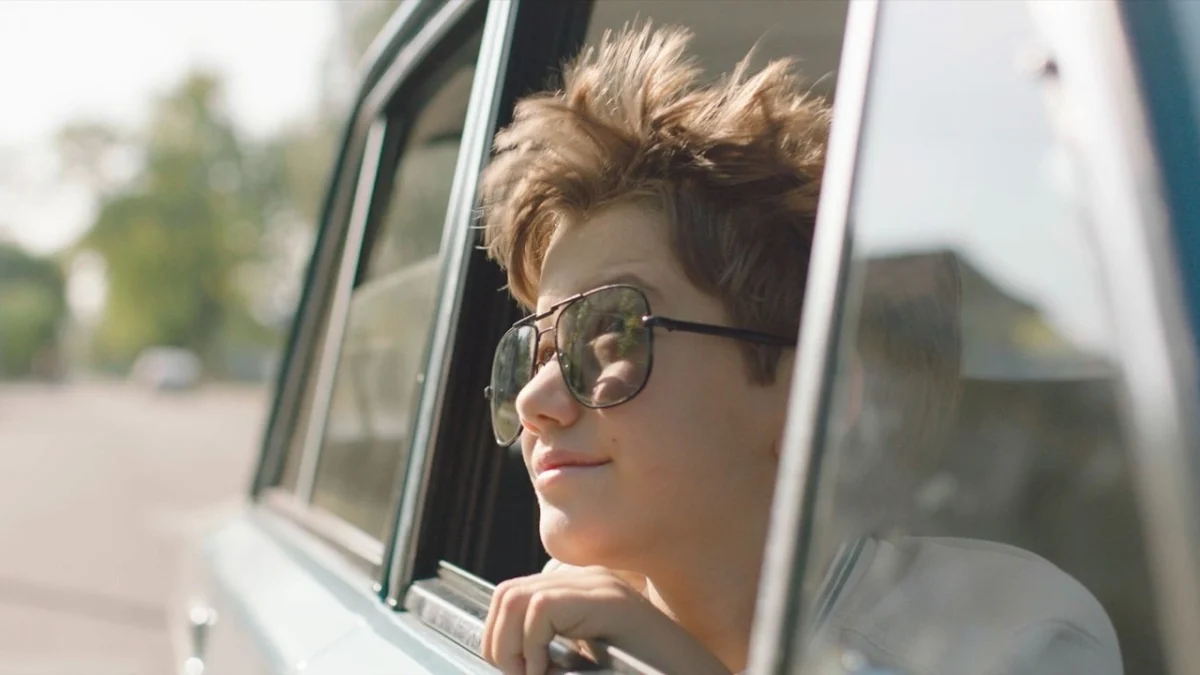
Based on Slavomir Rawicz’s memoir “The Long Walk,” “The Way Back” details the story of a group of men imprisoned in a Soviet gulag. Led by the Polish Janusz (Jim Sturgess) and the American Mr. Smith (Ed Harris), they escape from the prison into the heart of the Siberian winter, beginning a 4000-mile trek on foot which takes them through Russia, Mongolia, Tibet and India in search of freedom.
The film’s cinematography is handled so beautifully that it is reason enough to travel to the theater. Particularly appealing are the landscape shots. From the snow-covered forests of Siberia to the endless Gobi desert, director Peter Weir captures at once the fierce beauty and the relentless danger of the land across which the group travels. The disparity between nature’s beauty and its brutality provokes the question of whether the prisoners’ escape was worth the struggle. Indeed, Weir’s strong suit as a filmmaker seems to be capturing unimaginable hardship; he does not hold back from presenting the physical and mental toll of imprisonment and endless travel. In one particularly haunting scene, a group of prisoners is ordered to crouch on the ground in the middle of a snowstorm. When ordered to stand up again, only half can do so; the rest are dead, killed by the freezing cold. After a time, the frequency of these long, harrowing sequences begins to weigh down the film, but the vital feeling of immense struggle is never lost.
Another of the film’s well-developed motifs is the base levels to which men are reduced in times of struggle, both in a positive and negative sense. In one scene, the starving men chase a pack of wolves away from a kill and gorge on the bloody carcass themselves. The men have reverted to a primal, savage state, as stripped of civilization’s touch as the uninhabited terrain. In a contrasting scene, Irena, a Polish runaway played by Saoirise Ronan, silently bathes the frost-bitten feet of Mr. Smith while tears course down his cheeks. It is wordless moments like this one which are the most humane and most moving in the film.
“The Way Back” is not without its faults, however. With the exception of Sturgess, Harris and Colin Farrell (who plays a Russian criminal), it is difficult to discern the characteristics of any of the other party members. As all the prisoners are shaved bald when they are imprisoned, it is even a challenge to separate the men physically until well into the film. Ronan stands out, though only because she is the group’s lone female. While the young actress continues a string of diverse, challenging roles, her affected Polish accent occasionally slips away from her here. Harris’ performance is the best of the entire cast’s; though again, he might only be noticeable because he’s easily identifiable as the character with an American accent. Otherwise, little of the acting stands out as particularly good or bad.
The issue of language is handled somewhat sloppily. It would be understandable if the entire film were spoken in either accented English or subtitled Russian, but “The Way Back” waffles between both. The movie’s first scene features Sturgess speaking either Polish or Russian with Soviet guards. While imprisoned, the inmates usually speak Russian among themselves, but sometimes inexplicably revert to English. Once they escape, they all speak in English together, even though only one man has English as his native tongue. An interview from a Jim Sturgess fan page, JimSturgessOnline.com, reveals that English was actually the common language for this group of escapees, as the majority of them were of various Eastern European origins. But the issue is not sufficiently addressed in the film itself and the linguistic inconsistency is noticeable.
There is also the questionable label of this film as “based on a true story.” According to a BBC report issued in 2006, there is conflicting evidence as to whether Rawicz’s account actually happened to him, or whether it happened at all. Even watching the film without additional information, it seems somewhat far-fetched to believe that a man could survive such a long journey through such unceasingly brutal conditions. This consideration does nothing to detract from the movie’s visual beauty, but it does sap its magic as an inspirational tale of survival.
“The Way Back” is worth a view for its stunning cinematography, as well as the ideas it suggests about the limits of man’s capability. True or not, the film is an aesthetic feast which has, at times, a great evocative power.
Ian Opolski can be reached at [email protected].






